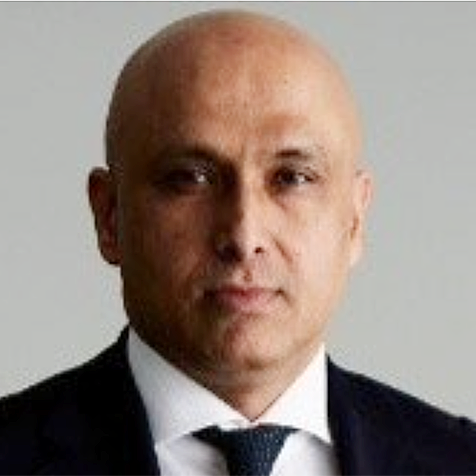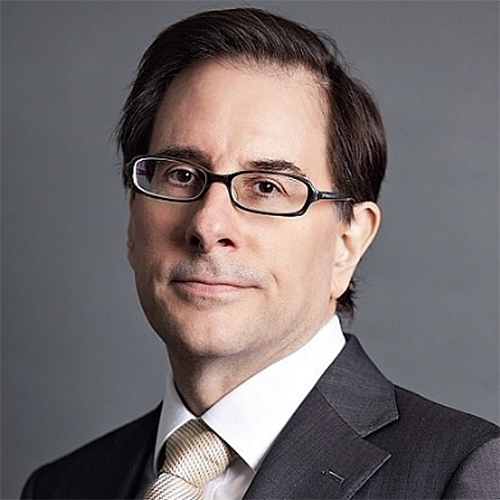ESG investing has grown to the point where there are distinct types of approaches. The basic approach is exclusionary screening in which investors exclude certain companies or sectors like tobacco and weapons while ESG integration is a more active and holistic approach.
“Historically the first approach was the exclusionary approach, which has the most assets globally. Another one that is increasingly gaining traction is ESG integration, which combines financial analysis with an analysis of relevant environmental, social and governance factors and how they may impact financial analysis and models, and ultimately investment decisions,” says Paul Milon, sustainability and ESG integration specialist, BNP Paribas Asset Management (BPAM).
Europe is widely considered as the global leader in ESG investing, with North America and Asia trailing. Even within the regions, there are differing levels. “Northern European countries are among the pioneers in terms of responsible investment practices, alongside France and the Netherlands. Across Asia, it is also a diverging landscape. Japan’s Government Pension Investment Fund (GPIF) has led to an enormous surge of interest and awareness of sustainable investment in Japan, and is a source of inspiration for other Asian countries thinking it’s time to shape up,” says Karine Hirn, partner, chief sustainability officer, East Capital.
However, one major difference between Europe and Asia, according to Hirn, is that investors in the former tend to focus more on the long term. “In Europe there are many pension funds and asset owners which manage money with 20-, 30-, and 50-year perspectives, while in Asia, we have too many shorter-term-perspective investors. ESG and sustainable investment are all about long term. We need to see more of that in Asia, as bottom-up change in terms of investor demand is more powerful than top-down, i.e. regulatory pressure,” says Hirn.
A similar sentiment was expressed by William Ng, ESG engagement analyst, investment team, HSBC Global Asset Management. “Generally, Asia tends to be slower or lagging behind Europe. I think Asia has much faster economic growth and as result short-term financial returns can often be the overriding factor. There are a lot of opportunities to develop ESG.”
In Hong Kong, green bond issuance increased to US$11 billion in 2018, more than twice the amount the year before, according to Christopher Hui, executive director, Financial Services Development Council (FSDC).
Increasing ESG information
For ESG investing to grow, investors need to be made more aware of opportunities. One major challenge is the lack of or inadequate relevant information disclosed by some companies about their ESG policies and actions. Investors should be more demanding in this respect, advises BPAM’s Milon, while government regulators also have a part to play.
“Companies need to disclose better, but if they disclose more and nobody uses that, they get frustrated. So, you also need investors to demand more ESG information. This is where stewardship codes can help encourage investors to invest sustainably. Regulators should have an enabling role to create proper incentives to enable a virtuous circle to take place.”
Another issue with ESG investing is that there are differing methods of scoring ESG and no uniform method of ratings. For East Capital’s Hirn, existing ways of assessing ESG opportunities were problematic so her company chose to come up with their own ESG scorecards.
“What appeared very important to us a few years ago was to find a reliable and value-accreditive framework to define and assess ESG risks and opportunities within the universe we specialize in, namely emerging and frontier market equities. We looked around and realized that what could be bought in terms of external ESG data was not matching our needs,” says Hirn.
“Besides the problem of low coverage of our universe and a lack of understanding of most relevant risks in emerging markets companies, external ESG data focus a lot on availability of policies and “check the box” at corporate level, so for example, a company ranks high when it has a gender policy but, does this policy matter if there is no woman in the boardroom or in the management team? Clearly not,” Hirn adds.
Milon also does something similar at BPAM. “Before any investment, we committed to have our own ESG score, or if no score is available to do a qualitative ESG analysis. This is to make sure we understand ESG risks and opportunities before making any investment. When we have a weakly rated entity – one with a low ESG rating, we would ask to do more qualitative analysis and engage with the company to help improve its ESG performance over time.”
HSBC’s Ng emphasizes the importance of analyzing companies properly and following up if the information provided is not adequate or relevant. “When we look at ESG issues with companies we invest in, one thing we always look for is – do they have a good governance structure in place? Are the board and management actively thinking about ESG issues? [For us] it’s important to look at material ESG issues and focus on the ones relevant to the sector or stock we’re reviewing.”
“There’s still a lot of companies producing nice reports, but if a lot of that is talking about how much money they’ve donated or how much volunteering they’ve done – then those kind of ESG data is missing the point. What we are interested in is what are the material risks with these companies. If the data is not there, have the conversation. Pick up the phone, write to them, ask them,” says Ng.
In Hong Kong, the FSDC, a government financial sector advisory body, is trying to encourage ESG activity by talking to the private sector and encouraging companies to issue more green products, according to Hui. The FSDC also issued an ESG report in November 2018 with recommendations for fostering ESG in Hong Kong.
According to Hui, a common understanding of ESG – be it in the form of taxonomy, definition, common theme, etc. - is crucial. “We have seen a lot of common themes. If you look at risk-adjusted returns, a lot of these green products are not that bad. Another dimension of value creation is the valuation of the company at large. Many investor groups in the world - including an escalating number of institutional investors - are looking at ESG as a class or subject,” Hui says.
And as more and more companies in Asia are starting to realize this, they are becoming increasingly keen to tap on such capital through their taking up of ESG practices.





.jpg)
.jpg)


